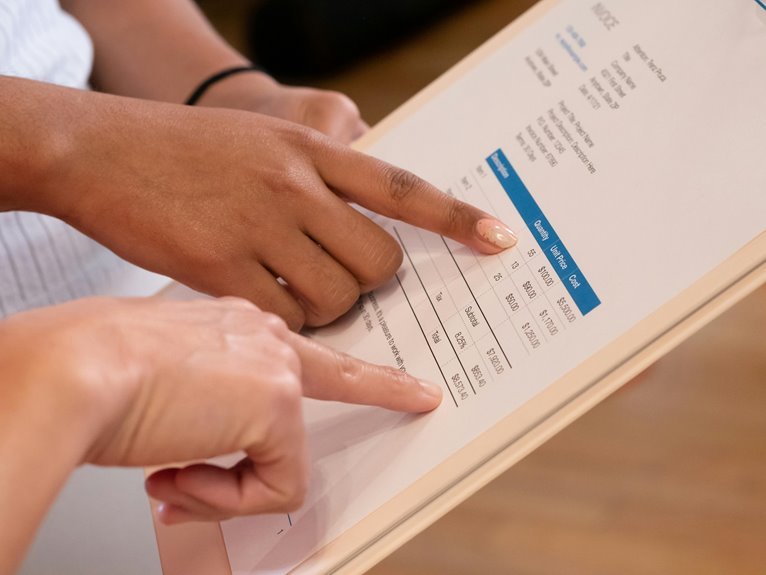Caller Data Insights: 3329002148, 3329002157, 3330164289, 3335343233, 3335565567, 3362760758

The analysis of caller data from numbers such as 3329002148, 3329002157, 3330164289, 3335343233, 3335565567, and 3362760758 reveals patterns that warrant closer examination. Frequency of calls, their context, and responses can indicate underlying trends. Identifying potential scams and understanding legitimate contacts becomes crucial. These insights may lead to more effective communication strategies. What further implications might arise from this analysis?
Analyzing Caller Patterns
Analyzing caller patterns reveals significant trends that can inform operational strategies.
By examining caller demographics and call frequency, organizations gain insights into user behavior and preferences. This data allows for tailored approaches to customer engagement, enhancing overall satisfaction.
Understanding these patterns not only optimizes resource allocation but also fosters a sense of autonomy among callers, encouraging a more responsive service environment.
Identifying Potential Scams
How can organizations effectively identify potential scams within their caller data?
By analyzing scam indicators, such as frequent complaints or unusual calling patterns, organizations can assess caller reputation.
Utilizing advanced algorithms and historical data, they can flag suspicious numbers, enabling proactive measures against potential scams.
This systematic approach enhances overall security, protecting both the organization and its clients from fraudulent activities.
Understanding Legitimate Contacts
Understanding legitimate contacts is crucial for organizations striving to maintain effective communication and security.
By validating sources and confirming identities, organizations can minimize risks associated with fraudulent interactions. This process involves verifying the authenticity of contact information and ensuring that communications come from credible entities.
Effective management of legitimate contacts fosters trust and enhances operational efficiency, ultimately supporting the organization’s broader goals.
Conclusion
In the intricate tapestry of caller data, each number weaves a narrative of communication that highlights patterns and potential pitfalls. By dissecting these interactions, organizations can navigate the labyrinth of customer engagement, distinguishing between genuine connections and deceptive overtures. As they sharpen their strategies, they cultivate trust and efficiency, transforming mere numbers into meaningful relationships. In this dynamic landscape, informed decision-making is the compass guiding enterprises toward enhanced operational success and customer satisfaction.





